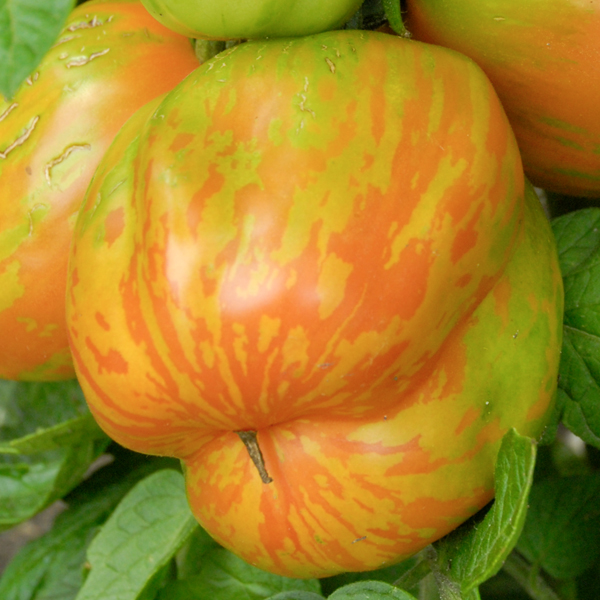
The Well-Trained Tomato
Tomato plants typically fall into one of two categories: indeterminate and determinate. Indeterminate (climbing) plants, such as Big Beef, Brandywine, and Cherokee Purple, continue growing throughout the summer. The plants can have flowers, immature fruit, and ripe fruit all at the same time. Determinate plants, such as Celebrity, Marglobe, and Better Bush, are more bushy and compact and tend to grow all their flowers and fruits at the end of the stems. They produce all of their fruit over a period of two to four weeks or so and then the plant stops producing. As the fruit ripens, the plant starts to shut down. Determinate types are good for those gardeners who wish to freeze or can the tomatoes all at once for winter use.
Check tomato plants every five to seven days for tiny shoots called suckers. Suckers grow at the junction of a main stem just above a set of leaves. Removing suckers helps the plant put its energy into creating more flowers and fruit. Simply bend and snap the sucker off with your fingers. Suckers left on the plant will grow just like the main stem, producing flowers and fruit. However, the higher up the plant a sucker develops, the weaker that new stem becomes. It’s often easiest to keep three or four main stems on the plant and tie each one to a tomato cage or stake.
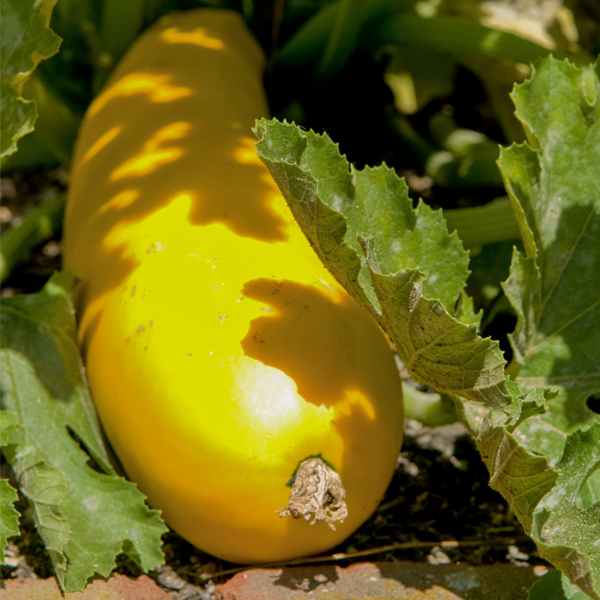
Summer squash—zucchini
Patty pan, round, and yellow provide an assortment of colorful fruits for grilling, baking, frying, and using fresh in salads. Squash seeds quickly germinate when the soil temperature is above 60 degrees. Once plants begin to produce, harvest the fruits two to three times a week. Gently twist them or cut them from the vines. Zucchini are best harvested when the fruits are 6 to 8 inches long. Summer squash should be 4 to 6 inches long and patty pan and round squash are harvested when 2 to 3 inches in diameter.
Male blossoms have long, thin stems and the female blossoms have a thick short stem with a bulbous base that becomes the fruit when pollinated. For a succession of vines, sow seeds every two to three weeks. Summer squash are susceptible to viruses and mildew. Place a lightweight row cloth over young plants to prevent insects such as squash vine borer from attacking the vines. Once the plants begin to flower, remove the covering.
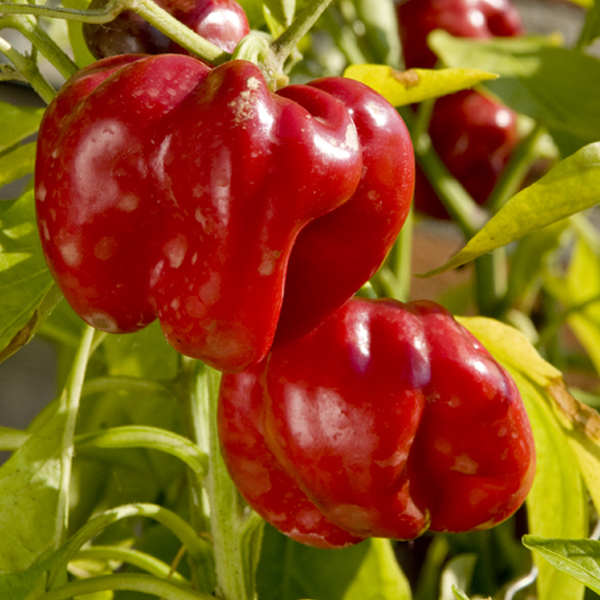
Pick a Pepper
From sweet bell peppers and jalapeños to chiles and intensely hot ghost varieties, there’s a wide array of peppers for your taste buds. They all thrive in well-drained, fertile soil, full sun, and warm weather. The ideal pepper plants for transplanting outdoors have flower buds but no open flowers. To encourage the plants to produce more fruits, pick the first peppers when they reach full size. Use scissors or pruning shears when harvesting the fruits to avoid tearing plant stems.
Like tomatoes, peppers are self-pollinating and don’t require bees. If night temperatures of 45 to 50 degrees Fahrenheit occur when the flowers are developing, the result can be smaller than normal or misshapen fruits. If temperatures drop, cover the plants at night to protect them.
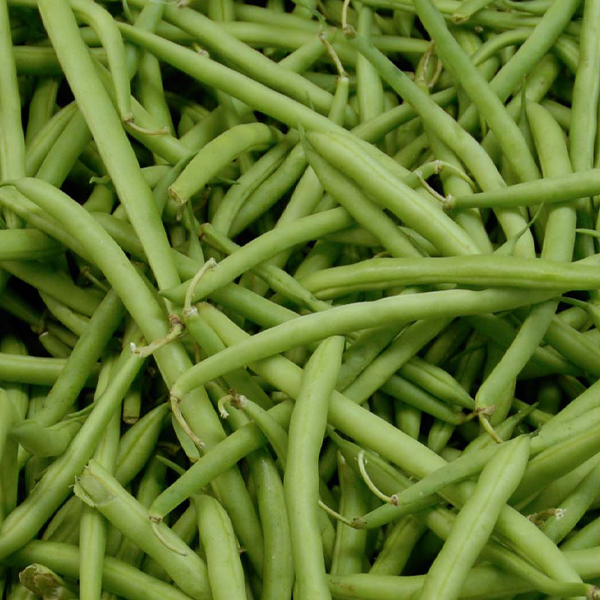
Beans
Snap beans (also called string beans or green beans) produce a crop in about seven to eight weeks from the time you sow the seeds. Shell beans are the mature seeds of cultivars bred for shelling and drying. These bush-type beans produce for about three to four weeks and then the plants are finished. Pole beans take a bit longer to get going but healthy plants will continue producing beans throughout the summer. To use as a snap bean, pick the fruits when young and tender. Harvest often to stimulate constant flower production. To use dried, harvest when the pods are dry and seeds inside are hard. When you have a bumper crop, make a bowl of green bean salad with our recipe.
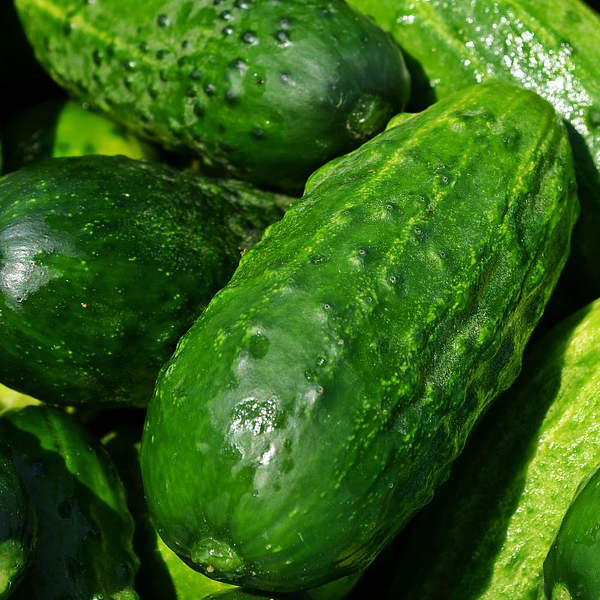
Cucumbers
Cucumber plants produce vines that will readily scramble up a support—a trellis or fence. This keeps the fruits off the ground and makes it easier to harvest. If you are growing them in a pot, look for bush varieties that are more compact. Like with summer squash, the male flowers open first. In a week or so, the female flowers appear with a tiny cucumber fruit at the base. Cucumber plants produce extensive roots. During extremely hot, dry weather, you may see the vines wilting. Check the soil a few inches below the surface and water thoroughly if it feels dry.
Nina Koziol is a garden writer and horticulturist who lives and gardens in Palos Park, Illinois.

